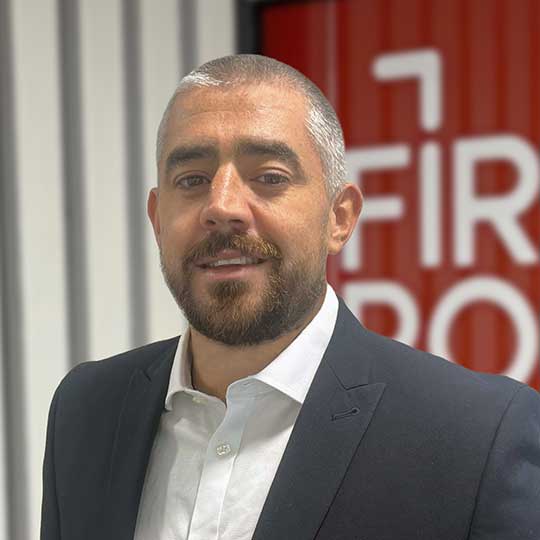How to write a technical data centre cv
15 Oct, 20247 mins
With so many templates and AI tools available it’s easier than ever to create a CV. However, are you including the correct information to get noticed by hiring manager within the data centre market? In this blog, we highlight the basics of what is required in a CV for technical candidates within the data centre sector. Finally, we provide a simple checklist of what you need to include.
The Basics
Whilst it may seem obvious to include your name and contact details, it’s surprising to see candidates forget to include this. Your CV must include:
- Full Name
- Telephone Number
- Email address (ensure it reads professionally – create a new one if you need to)
- LinkedIn profile (ensure your LinkedIn profile matches your cv credentials)
- Personal Statement. This is a must! Summarise you, your skill set and motivations in one paragraph. must be authentic to you and your communication style.
- List years of experience and what you specialise in.
Example of a good personal statement to start your cv
To make your personal statement easier and quicker to review, write it in bullet points and in the third person. For example:
- Senior Electrical Engineer with 7 years of experience in designing, building, and optimizing data centres. Proven track record in delivering high-performance facilities that meet the highest standards for reliability, scalability, and efficiency.
- Extensive expertise in electrical infrastructure, including HV/LV systems, UPS configurations, and standby generators, ensuring uninterrupted power distribution and seamless operations across mission-critical environments.
- Experienced in mission-critical environments, with expertise in leading multi-disciplinary teams and managing large-scale projects from concept through RIBA Stages 1-7. Proven ability to implement innovative solutions that meet the evolving demands of data centres while ensuring compliance with industry regulations.
From just reading this, the hiring manager or recruiter has an understanding about your experience. You need to create a good impression in this first part. Now it’s time to list your work experience
Work Experience
Always start with your current or most recent employer (never the other way round), then chronologically show your experience. Always list more information / responsibilities in the more recent roles than ones earlier in your career – this shows the reader how your career and responsibilities have developed over time.
Again, as with the basics of a cv, there are certain things you MUST include:
- Duration (e.g. April 2020 – Present)
- Employer Name
- Job Title
- Technical responsibilities. Focus on impact rather than just duties. Show how YOU made a difference!
- Key aspects of the projects you worked on (e.g. size of data centre)
Example of how to structure your work experience
Mar 2010 – Present
COMPANY A
Senior Electrical Design Engineer
- Lead the design and execution of low-voltage electrical systems for data centres up to 45MW, ensuring compliance with IEC and BS standards while integrating redundancy strategies like N+1 and 2N for maximum uptime.
- Conduct load analysis, short-circuit, and Arc Flash studies using ETAP, Amtech, and SKM PowerTools. Ensure safety and reliability through protection coordination and power distribution design.
- Collaborate with architects and multidisciplinary teams to integrate electrical systems using Revit MEP, AutoCAD, and Navisworks, producing detailed 3D models and technical drawings.
- Oversee electrical infrastructure design for switchgear, UPS, generators, and transformers, managing commissioning, FAT/SAT testing, and on-site inspections. Delivered major data centre projects, including a 45MW site in Paris and a 25MW facility in Slough.
Certifications & Education
List all your technical and academic achievements. DO NOT leave any relevant qualifications out.
5 TOP TIPS TO BOOST YOUR CV
- Tailor your CV to the job you’re applying for. Look at the job description for the role you’re applying for and identify key words (technical skills or character traits), then adapt your personal statement and work experience to include these.
- Proofread thoroughly. Spell and grammar check – There’s no excuse for poor spelling with the plethora of tools available
- Keep it easy to read and simple to follow. Use bold and italics sparingly (don’t overdo it).
- Use present tense for current roles and past tense for previous roles.
- Ask a fellow professional or recruitment consultant to review it.
